For Philadelphia artists, good work should not come for free
-

-

-

-

-
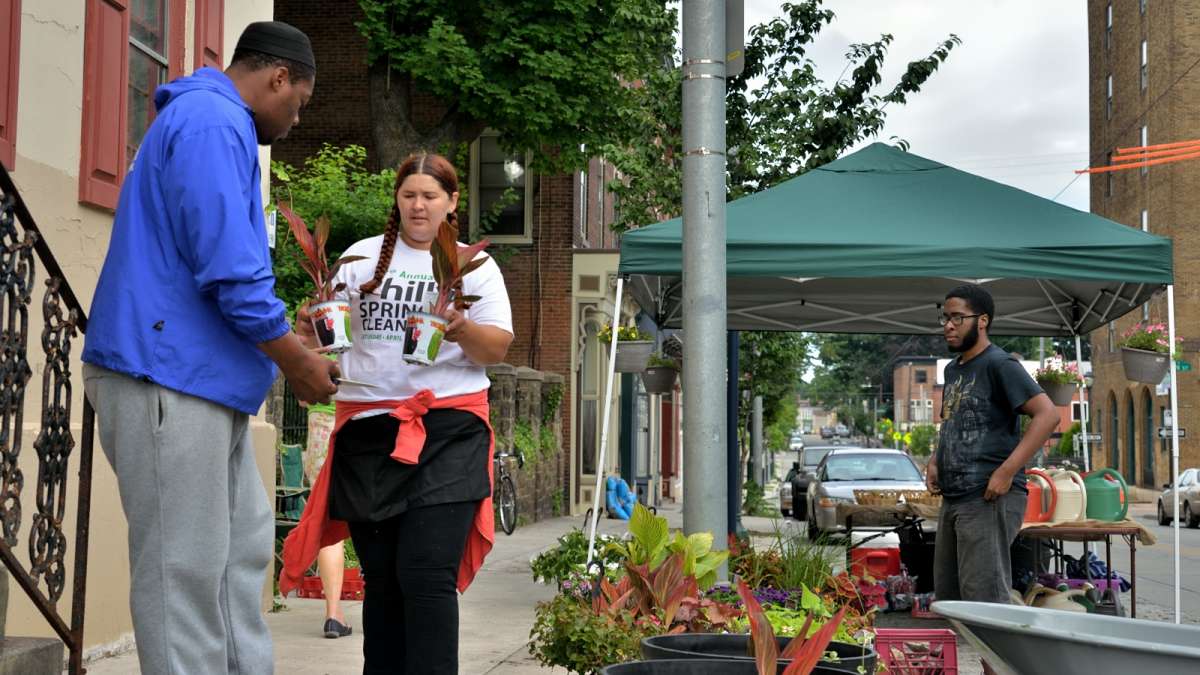
-
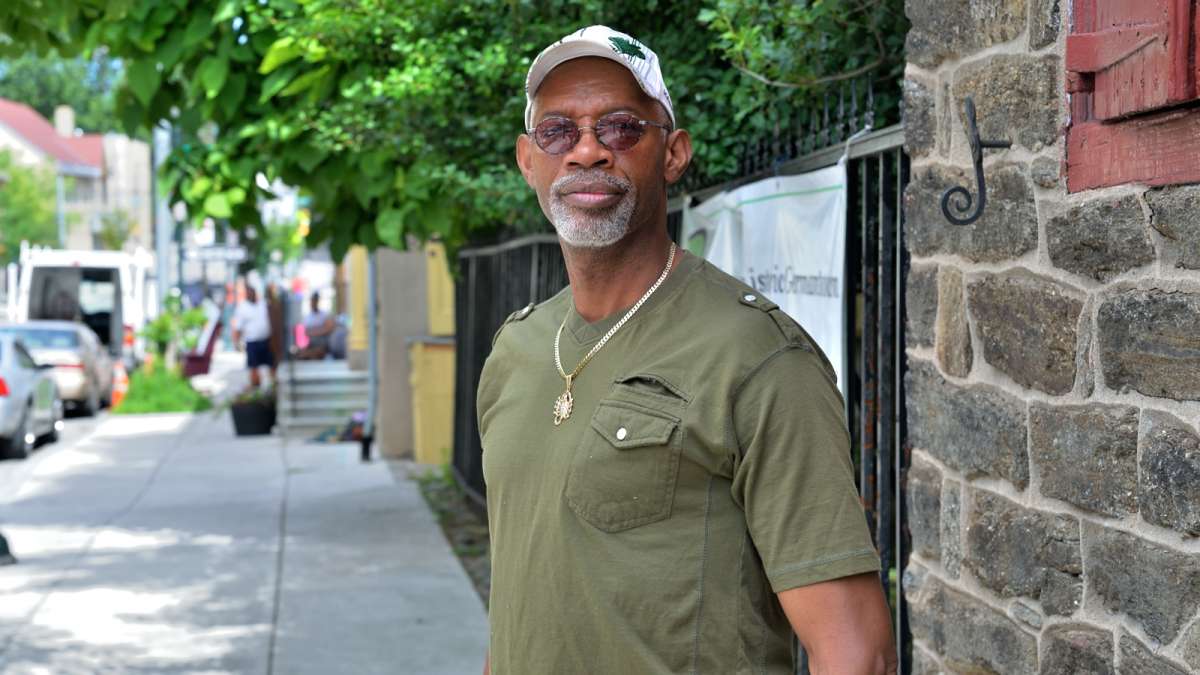
-

-

-

-

The grants will go towards improving the physcial facade of Germantown. (Bas Slabbers/for NewsWorks)
-

-

-
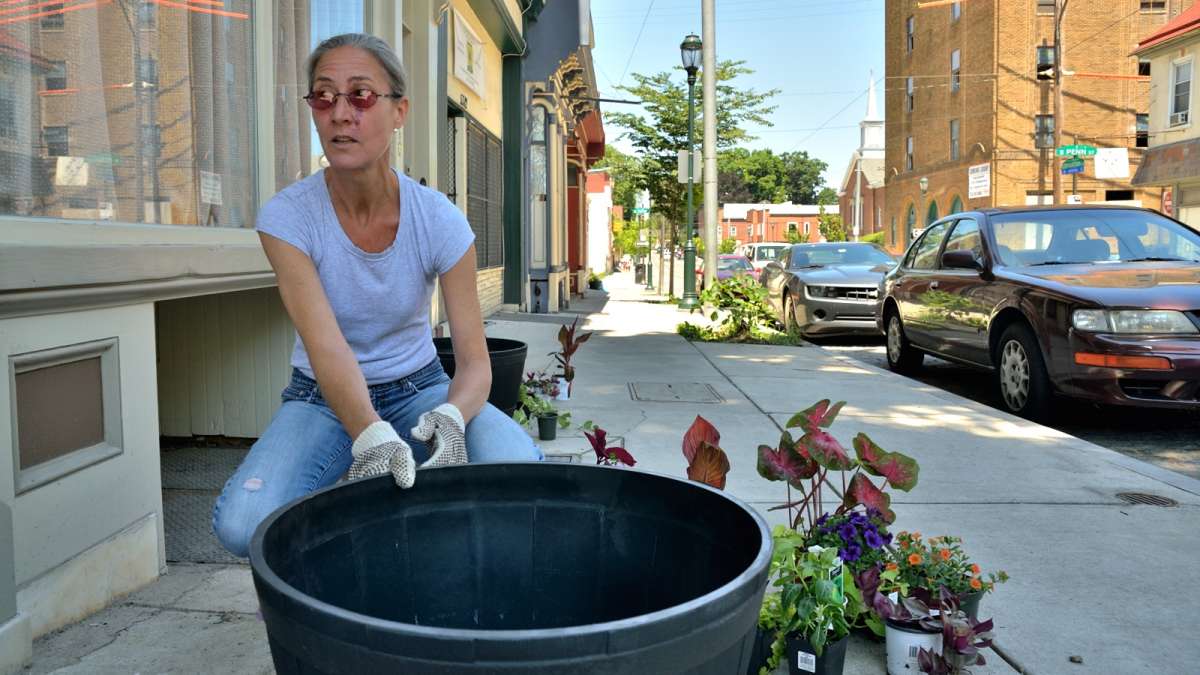
-

-

-

-

-
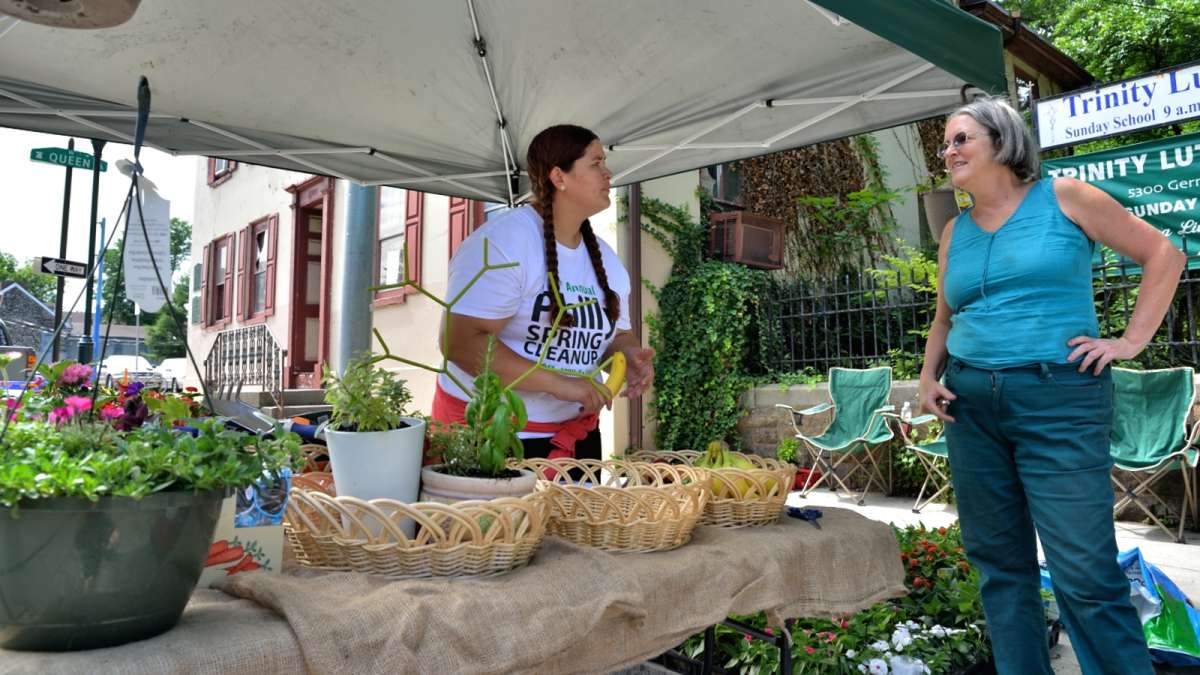
-
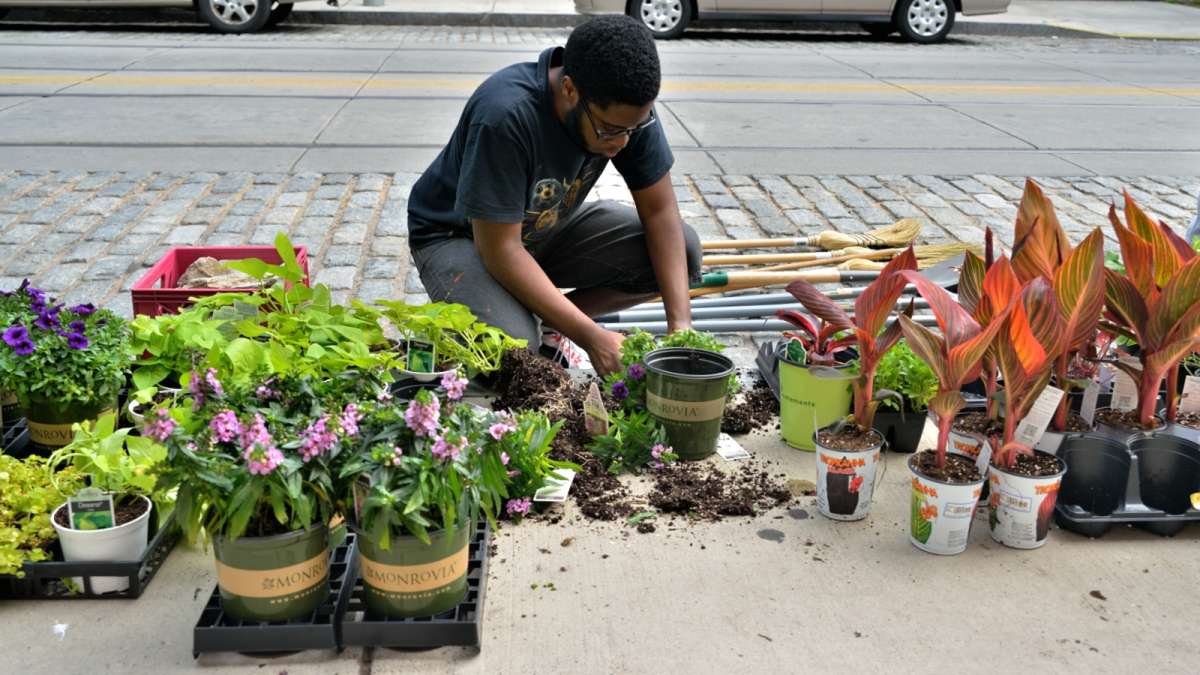
Philadelphia would not be the cultural hub it is today without its artists. From the contributions of painters like Thomas Eakins and Henry Ossawa Tanner, and sculptures from three generations of Calders, to the Mural Arts Program’s 3,600 murals and the visionary performance art that comprises the Fringe Arts Festival, the work of artists has made the city a destination.
As the next generation of artists emerges to carry on the tradition, they face a tough economy that still wants the art but at a fraction of the price — or for free altogether.
Regardless of the medium, artists know that to land paying gigs, their work has to be seen by as wide an audience as possible. Greater visibility increases the likelihood of landing commissioned work. Businesses know this, and they do their best to leverage that exposure to be seen as payment for services rendered.
If the city of Philadelphia wishes to remain an arts-and-culture destination, its artists must break the cycle and stand by their right to be compensated fairly for their work.
The starving-artist myth
Many factors fuel the myth of the “starving artist,” including the work of the artist himself. The creative process and the work it yields are unpredictable; the hours can be long, and inspiration can stall.
Sometimes the final product seems effortless to an untrained eye, to the point where spectators scoff at its value. In 2013, abstract painting “Onement VI” by Barnett Newman sold for $43.8 million. The painting, from 1961, displays a bold white line on a solid blue canvas.
Newman probably went through countless sketches and false starts to arrive at his completed piece, but a viewer could easily view its elegant simplicity as pretentious and lazy.
An artist’s work schedule could also contribute to the idea that art is more of a hobby than a career. The standard 9-to-5 work schedule is not conducive to the creative process. Sketches and rough drafts need to be constructed, because an initial idea may turn out to be implausible after pen hits paper. The path to the final product is paved with fits of inspiration, doubts and setbacks before the vision is achieved.
Even when the masterpiece is unveiled, a client or a business may not appreciate the hours and headaches that went into it. That’s when it’s up the artist to become his own best advocate.
Breaking the cycle, learning the business of art
“The starving artist history is a lie,” said Todd Hestand, manager of the Creative Incubator Program at the Corzo Center for the Creative Economy at the University of the Arts in Philadelphia.
“Artists are part of an industry. […] As a professional, they have to get paid. You have to break that cycle somewhere along the way, and start making people and businesses accountable for what they do.”
The Corzo Center was founded in 2009 as a vehicle to help launch business concepts for students and alumni from the school. Today the Center offers free workshops and consultations with accountants, lawyers, and public relations professionals for anyone looking to start a business in the arts and culture sector.
Before he came to the Corzo Center, Hestand founded SideArts, a subscription-based service that connects artists with businesses that want their work. Think Craigslist, but with a catch. Before a business can post a call for artists on SideArts’ website, it must detail tangible compensation for individuals who answer the ad.
“The artist should always be compensated in some particular way,” said Hestand. “Whether they’re talking about an award, free legal services, free marketing services, or free consulting help, there should always be something there. The artist should never be doing anything for absolutely free.”
Translating art into dollar signs
Young artists in Philadelphia can breathe a sigh of relief. The idea that good art can lead to good money is not a myth. So how can they make it work?
For John Lee, an artist who has been honing his craft for nearly 40 years, it’s about knowing what is in demand. Lee began his career as a painter in the Greater Philadelphia area, painting still lifes and portraits. He eventually found that he had a knack for woodcarving.
“I wanted to be known as a painter, but carving really does pay the bills better,” he said, laughing.
Lee has earned his living carving Celtic crosses, Christmas ornaments, signs for businesses, and elaborate walking sticks. He has also seen a higher demand for carved magic wands thanks to the popularity of Harry Potter. His more recent commissions have come from art lovers who follow his business page on Facebook.
Like Lee, artists are turning to the Internet to showcase their work and solicit commissions from clients and companies. Even so, it’s important to establish an understanding between both parties early on.
A contract is an ideal way to detail what a client wants and the that the artist expects in compensation. Contracts can easily be created using an online contract creator website (though it is worth consulting with an attorney, depending on how much money the artist stands to earn from a job).
Artists are also encouraged to be specific about their clients’ input on the creative process. An artist may offer a client one free edit included in a contract, and if the client determines that they want more drastic changes, a new contract can be drawn up to detail the scope of the changes and additional compensation.
If the compensation is monetary, is not unreasonable for an artist to request 50 percent of his or her fees up front, with the remaining 50 percent to be paid upon delivery of the work.
For commissions where the client or business is offering other incentives, make sure those incentives can be quantified. Having your painting hang on the wall of a business’ office isn’t going to further your career, but offering your artistic skills in exchange for legal advice, accounting support, or the creation of a website will benefit you in the long run.
Whether it’s for money, or in exchange for tangible services, artists deserve to be respected and paid for the work that they do. In John Lee’s experience, doing any other line of work made him feel like a fish out of water.
“An artist isn’t what I chose to be,” he admitted. “That calling chose me.”
WHYY is your source for fact-based, in-depth journalism and information. As a nonprofit organization, we rely on financial support from readers like you. Please give today.

